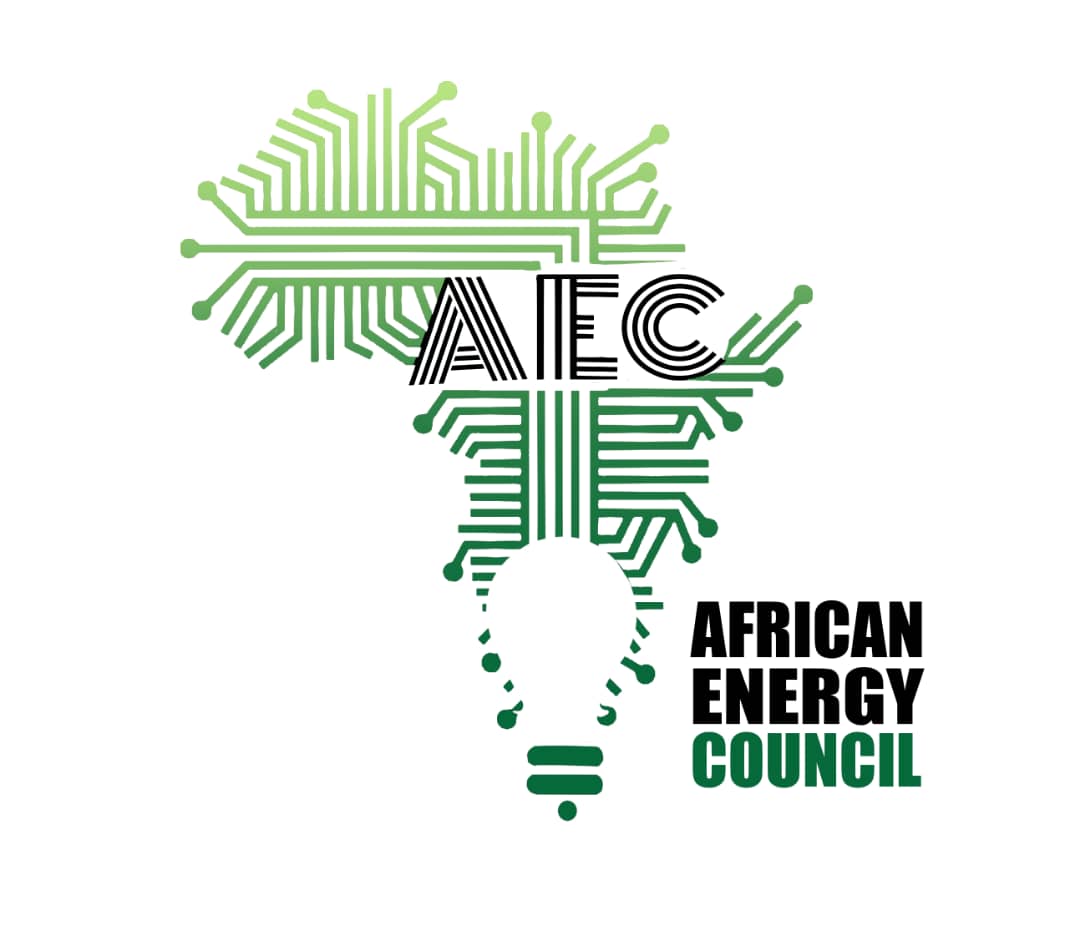Morocco and the Chinese engineering company Energy China International Construction Group are working together to construct a significant green hydrogen project in the North African nation.
According to the statement, the project includes a green ammonia plant with a potential annual output of 1.4 million metric tons, which will be produced from a total of 320,000 metric tons of green hydrogen along with a 2-gigawatt photovoltaic solar plant and a 4-GW wind power project.
Ammonia is an essential component in the manufacturing of fertilizers. Given Morocco’s global position as a fertilizer manufacturer, producing ammonia locally would reduce the country’s dependency on ammonia imports, making the industry less exposed to international market fluctuations.
Sourcing ammonia from green hydrogen is a major step for Morocco to decarbonize one of its biggest industries. Under the MoU, the three project owners will continue to operate the facility after the completion of the construction phase, as the report specifies.
In addition to its potential to decarbonize Morocco’s economy, the project is in line with the country’s endeavor to emerge as a green energy powerhouse in Africa and produce green hydrogen for export, mainly to Europe.
Converging reports indicate that Europe is eyeing Africa as a future “source of cheap and sustainable energy.” Studies are increasingly pointing to the merits of sourcing green hydrogen from Morocco, given the country’s proximity to Europe and its potential to produce cost-efficient green fuel.
Green hydrogen is currently considered the green fuel that could replace oil. As the world transitions to a greener economy, demand for green hydrogen is expected to grow at an exponential rate.
According to a European Conservatives research from January, Europe is already preparing to make substantial investments in green hydrogen and solar power that will mostly benefit Morocco, Egypt, and southern Africa.
By 2035, the continent is anticipated to have a 50 million metric ton annual production capacity of green hydrogen at a highly competitive cost of $2 or less per kilogram.

